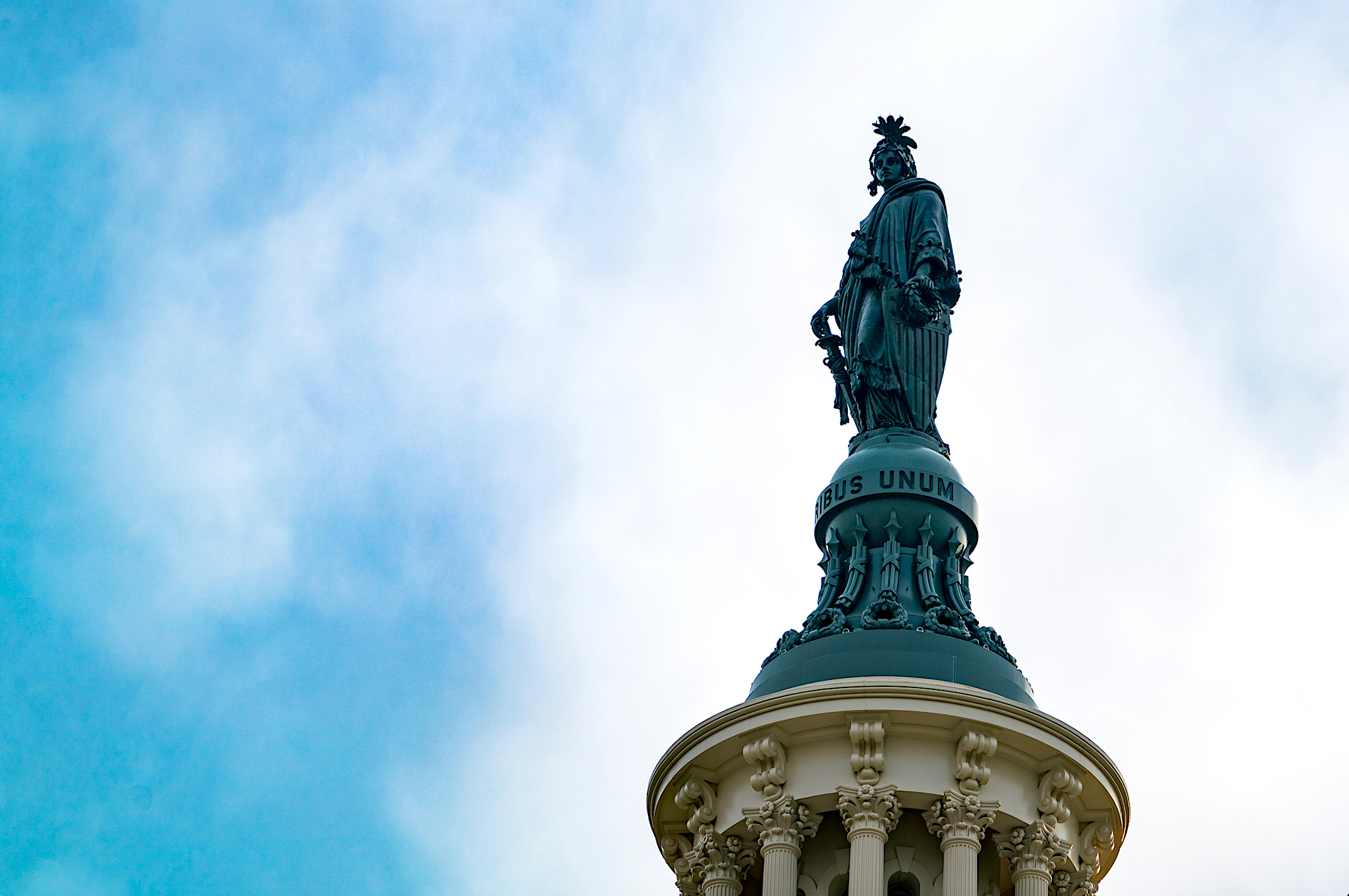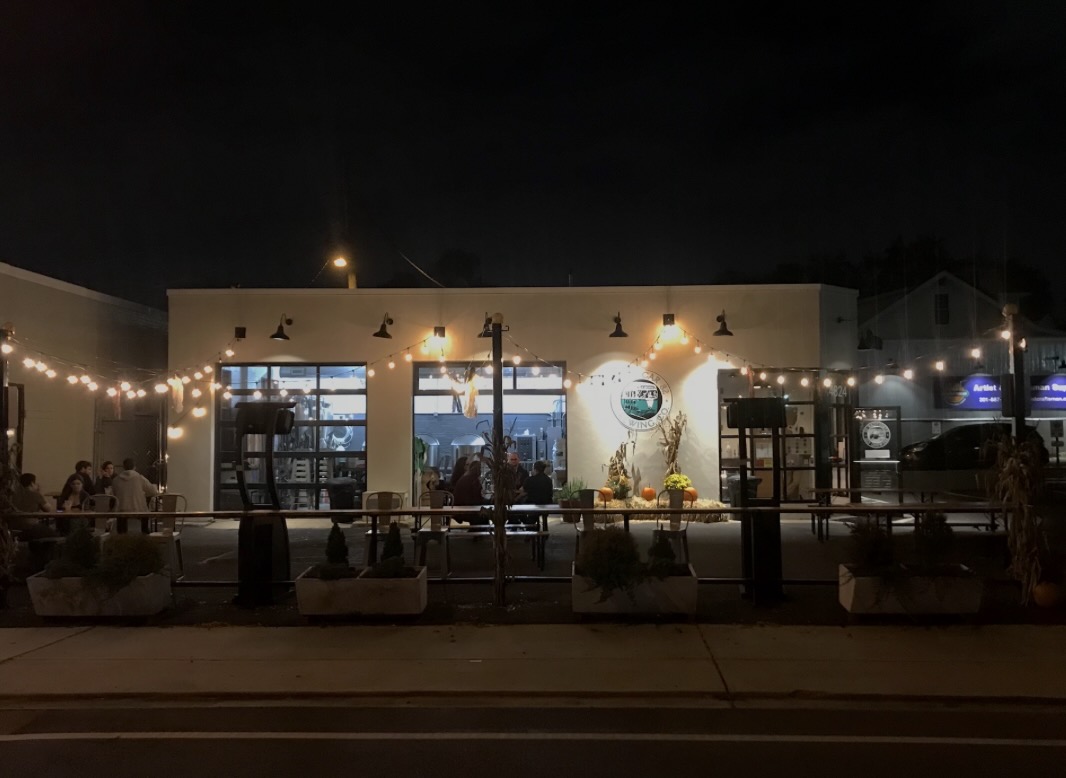
Just before the Civil War, an enslaved man working in a foundry off what is now the Route 1 corridor helped cast the bronze statue on top of the U.S. Capitol.
While many enslaved people helped build the Capitol, Philip Reid is perhaps the best known for his role in creating the “Statue of Freedom” crowning the top.
Born around 1820, Reid was bought as a young man in Charleston, S.C., for $1,200 by self-taught sculptor Clark Mills, who saw that he had “evident talent” in the field. He came with Mills when he moved to D.C. in the 1840s.
In D.C., Mills built an octagon-shaped foundry on Bladensburg just south of Colmar Manor where the Freedom statue was eventually cast.
Working together through trial-and-error the two successfully cast the first bronze statue in America — an equestrian statue of Andrew Jackson — after winning a contest, despite any formal training.
In 1860, the two won the commission to cast the Freedom statue. Reid was paid $1.25 a day for his work — more than the $1 the other laborers received — but as an enslaved person was only allowed to keep his Sunday pay, with the other six days going to Mills.
Reid was highly skilled at the work. When it was time to move the plaster model of the statue, an Italian sculptor hired by the government to help refused to show anyone how to take the model apart unless he was given more money, but Reid figured out how to lift the sculpture with a pulley to reveal the seams.
Between the time work on the Freedom statue started and the final portion installed, Reid received his own freedom. He later went into work for himself, where an author wrote that he was “highly esteemed by all who know him.”
You can see the plaster model of the Freedom statue in Emancipation Hall in the Capitol Visitor’s Center.
Support the Wire and Community Journalism
Make a one-time donation or become a regular supporter here.
















